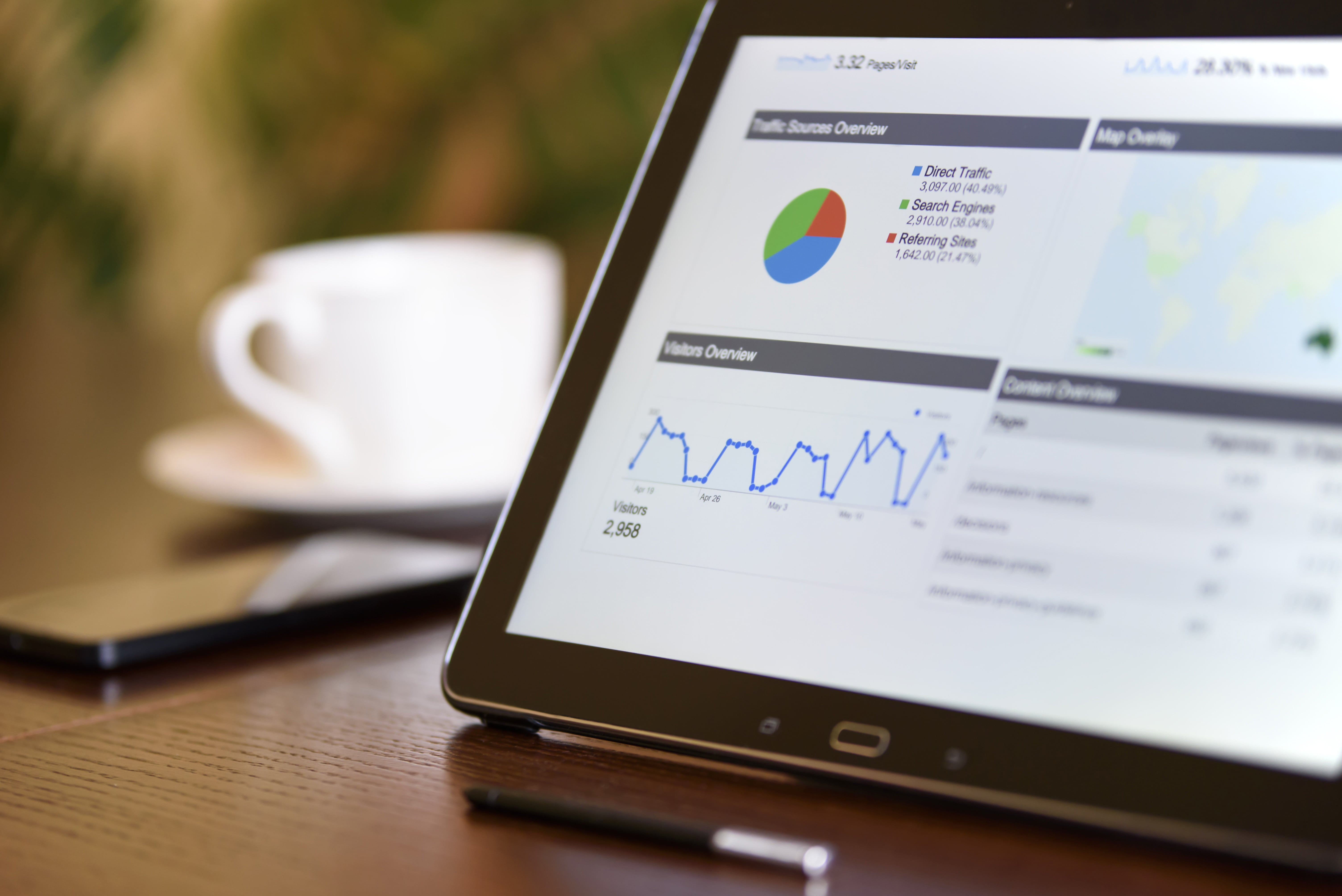How to set up site email or SMTP on Gmail Android phone
Comprehensive and complete tutorial on setting up website webmail or cPanel on Google's Gmail service on Android phones.

Market analysis in digital marketing, customer identification and marketing strategies to attract target audiences.
Market analysis involves collecting and analyzing data about customers, competitors, and market trends.
This analysis helps identify opportunities, threats, and strengths and weaknesses to make better decisions on marketing strategies.
Market analysis in Digital Marketing is a systematic process of identifying and evaluating various factors that influence target audience behavior and business performance in the online space.
This analysis includes collecting market-related data, analyzing customer behavior, identifying new trends, evaluating competitor performance, and predicting market changes.
The main goal of conducting market analysis is to better understand the needs and desires of the audience and find opportunities and threats in the market in order to optimize marketing strategies.
This process helps businesses determine what type of content is most engaging with users, which marketing channels are most effective, and how they can differentiate themselves from their competitors.
Various tools such as Google Analytics, social media analytics tools, and customer relationship management (CRM) software are used in market analysis to obtain more detailed information about online behaviors and user interactions.
Market analysis is one of the key tools in digital marketing that allows businesses to optimize their marketing strategies and make more informed decisions.
Below are the main benefits of market analysis in digital marketing:
Market analysis helps businesses create a more accurate profile of their audience.
By examining data related to audience behavior, interests, demographics, and psychology, you can better respond to their needs and design targeted campaigns that will have the greatest impact.
By analyzing market data, businesses can base their strategies on real data, not assumptions.
This leads to optimization of advertising costs and increased efficiency of marketing campaigns, ultimately increasing the return on investment (ROI).
Continuous market analysis allows businesses to identify new trends and growth opportunities.
These opportunities can include changes in customer preferences, new technologies, or even gaps in the market that help companies introduce new products or services.
Market analysis allows companies to monitor competitors and identify their strengths and weaknesses.
This information can be very useful in formulating competitive strategies, setting prices, and improving customer offerings.
By better understanding how competitors are performing, businesses can gain a better competitive advantage.
By analyzing feedback, purchasing behavior, and customer interactions with the business, services or products can be optimized in a way that meets the real needs of customers.
This helps increase customer satisfaction and, as a result, improve their brand loyalty.
By using market data analysis, companies can become aware of potential risks in their marketing strategies and prevent campaign failures by predicting future problems.
This information can include analysis of risks related to market changes, economic conditions, or customer behavior.
Market analysis helps businesses better understand the performance of various digital marketing channels such as SEO, pay-per-click (PPC) advertising, email marketing, and social media.
This deep understanding allows them to direct their efforts towards the channels that yield the most returns and optimize their strategies.
By carefully analyzing the market and customer feedback, you can identify the brand's strengths and weaknesses and continuously work on improving the brand's image and position in the market.
This helps increase brand awareness and credibility among the target audience.
Market analysis is one of the key elements to achieving success in digital marketing, helping businesses make strategic and data-driven decisions, target customers more precisely, and continue to thrive in a competitive market through continuous optimization.

To analyze the online market, you need to use systematic approaches and a variety of analytical tools that will help you understand the needs and behaviors of your target audience in the digital space and improve your business performance.
Below are the main steps of online market analysis:
Before you begin your market analysis, you need to define your goal.
Are you looking to identify customer needs?
Or do you want to check the behavior of competitors?
You also need to determine your market scope;
Are you focusing on the local market or the global market?
This step will help you focus more.
To analyze the online market, you need to collect market-related data from various sources.
Some of the most important sources for data collection include:
Website analytics tools: Tools like Google Analytics allow you to track the behavior of your website visitors, including traffic sources, pages viewed, conversion rates, etc.
Social Media Analytics: Using social media analytics tools like Facebook Insights and Twitter Analytics, you can examine how users interact with your content and measure the effectiveness of your strategies.
Keyword research tools: Tools like Google Keyword Planner and SEMrush help you find keywords relevant to your business and analyze search trends.
Customer surveys and feedback: Use online surveys or survey tools like Google Forms and SurveyMonkey to get feedback directly from your customers about their needs and opinions.
To have a comprehensive analysis of the market, you should also examine competitors.
Consider the following questions:
What businesses are active in your target market?
How do competitors produce and distribute their content?
What are your competitors' strengths and weaknesses? Tools like SimilarWeb and SEMrush allow you to analyze your competitors' traffic and online activity.
Analyze and learn from their strategies.
Accurately identifying your target audience is one of the key steps in online market analysis.
Use data analytics tools to examine audience demographics, interests, and behavior.
You can use personas to categorize customers based on specific characteristics and needs to better tailor your marketing strategy.
Customer behavior analysis
Using behavioral data, you can analyze customer online behavior.
Answer the following questions:
How do customers get to your website?
What pages are visited most?
How do customers reach their purchase and at what stages of the purchase process do they leave? This analysis will help you:
Identify weak points and improve conversion rates.
One of the important parts of online market analysis is identifying and investigating new trends.
Using tools like Google Trends can help you identify popular trends and learn about changes in consumer behavior or new market demands.
You can update your strategies based on these trends.
After collecting data, the next step is to analyze and interpret it.
Use analytical tools like Microsoft Excel, Google Data Studio, or more specialized tools like Tableau to analyze data and create reports.
These analyses help you turn data into actionable information and make strategic decisions.
After conducting market analysis and gaining the insights you need, you should evaluate your online marketing strategies and improve them if needed.
This optimization can include changes to website content, the use of new marketing channels, or adjusting advertising budgets.
Google Analytics: To monitor website performance and visitor behavior.
SEMrush or Ahrefs: For SEO research and competitor analysis.
Google Keyword Planner: To identify suitable keywords.
SimilarWeb: For analyzing competitor website traffic.
Facebook Insights: To analyze user interactions on social networks.
Ultimately, online market analysis is an ongoing process that must be performed periodically so that the business can operate successfully in the competitive online environment and respond quickly to market changes.

What is AEO and why is the future of SEO dependent on it? In this article, get a complete and practical understanding of Answer Engine Optimization.

How AI Makes Decisions: A comprehensive and engaging look at machine learning models and how they work in the real world for the general public.

When it comes to creativity, are we talking about Sora or ChatGPT? So for a better understanding, let's compare.

A complete review to understand what the metaverse is? An important topic these days that we are examining from all angles.
Comments (0)